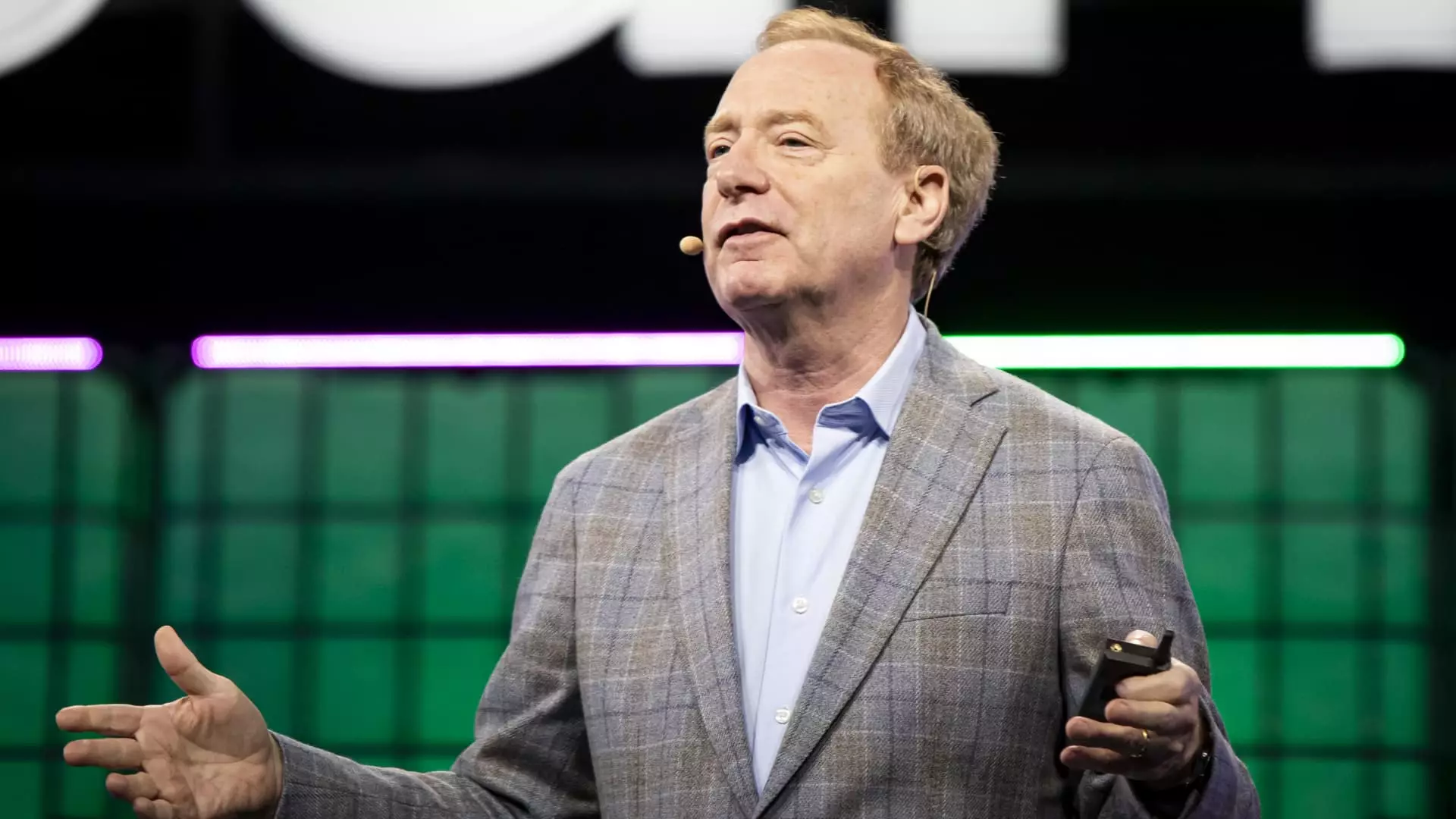In a strategic move reflecting its commitment to artificial intelligence (AI), Microsoft has announced plans to allocate a staggering $80 billion towards constructing data centers optimized for AI workloads in fiscal 2025. As highlighted by Microsoft’s Vice Chair and President, Brad Smith, a significant portion of this investment will be targeted at operations within the United States. This monumental push not only aims to enhance Microsoft’s AI capabilities but also signifies the broader ambition of ensuring that the U.S. remains at the forefront of the global AI race.
Smith’s remarks underscore a crucial aspect of the current technological landscape: the United States has positioned itself as a leader in AI development due to substantial investments from both private entities and established corporations. Companies ranging from innovative startups to industry giants have contributed to a thriving ecosystem that fosters groundbreaking advancements. Microsoft’s collaboration with OpenAI stands as a testament to this synergy, along with partnerships with emerging firms such as Anthropic and xAI. The rapid deployment of AI-enhanced applications, including those integrated into mainstream platforms like Windows and Teams, illustrates Microsoft’s proactive approach in leveraging AI to enhance user experiences.
The frenzy among top-tier tech companies to acquire Nvidia graphics processing units (GPUs) is indicative of the race to build more advanced AI models. This trend was ignited by the success of OpenAI’s ChatGPT, which transformed the landscape of generative AI following its launch. Microsoft’s hefty investment—reportedly exceeding $13 billion—in OpenAI and the robust infrastructure provided to the startup exemplify the lengths to which the company will go to secure its position in this competitive arena.
Furthermore, recent financial disclosures reveal that Microsoft recorded $20 billion in capital expenditures in the first quarter of fiscal 2025, with an impressive year-over-year growth of 33% in revenue derived from Azure and other cloud services. Notably, 12 percentage points of this growth can be traced back to AI services, showcasing the vital role AI is beginning to play in the company’s overall performance.
As the AI race intensifies, Smith highlights a particular challenge posed by international competitors, notably China, which has begun to extend subsidized access to AI technologies in developing countries. He emphasizes the importance of U.S. leadership in AI and urges for strategic initiatives that promote American AI technologies on a global scale. Smith’s call-to-action for collaboration with the incoming administration aims to foster advancements in education and technology policy that would bolster national efforts and secure the U.S.’s competitive edge.
Microsoft’s ambitious plans to invest in AI infrastructure not only signify a recognition of the potential of artificial intelligence but also present a critical opportunity for the United States to solidify its status as an innovation leader. As competition escalates on a global scale, the strategic allocation of resources towards AI by industry leaders like Microsoft sets the stage for a new era of technological advancement, fostering enhancements that will likely redefine various sectors and reshape the global marketplace. The race has begun, and the focus now lies on sustained investment, strategic collaboration, and innovative thinking to pave the way for the future.

